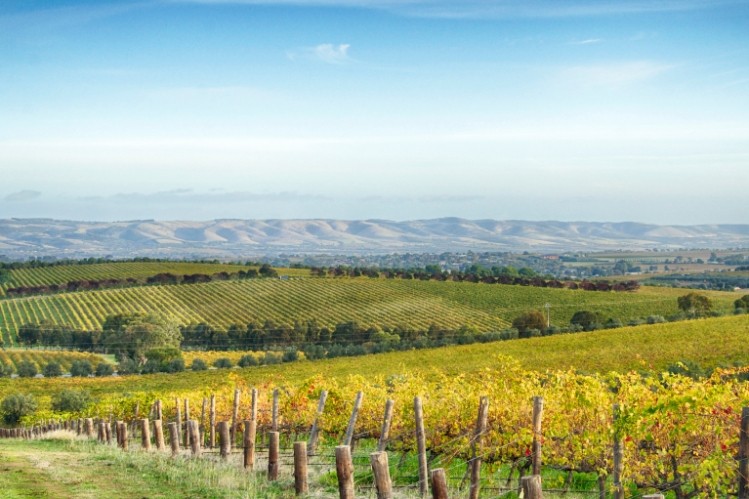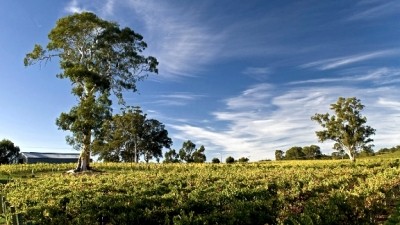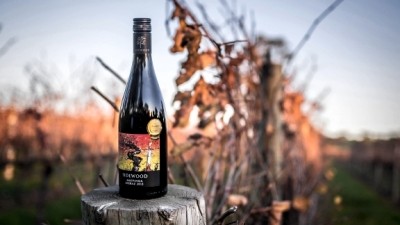Telling the story behind Australian wine will boost standing in global markets, says Wine Australia

The organisation says the challenge affects the whole sector but particularly fine wine, and means products currently command lower prices than warranted.
It hopes to tackle the problem with ‘an unwavering focus on increasing the appreciation of our distinctly Australian fine wines,’ as well as investing in viniculture and ways of expressing unique terroirs.
Fine wine
Wine Australia, the trading name of the Australian Grape and Wine Authority, has set out its priorities for the coming years in its Strategic Plan 2015-2020.
“The general global perception of the quality and provenance of our wines is – in our view – less than the reality, and this translates into lower prices for our wine than are warranted,” says Wine Australia. “While this challenge affects the whole sector, its impact is greatest on the fine wine segment.
“Our second challenge is to profitably compete in a fiercely competitive global marketplace. We must continue to improve the competitiveness of our wine offering through productivity gains, innovation, differentiation and meeting market demand.”
Consequently, the organisation’s priorities are to increase demand and the premium paid for Australian wine, and increase competitiveness in the global marketplace.
It wants to see the average price per litre for Australian bottled wine exports near or reach the highest average price per bottle of global competitors in key markets.
Wine Australia’s long-term goal is to see Australia recognised as the world’s pre-eminent wine producing country.
Tangible evidence for fine wine claims
“To increase demand and the premium paid for all Australian wine, we will focus our efforts on our very best wines, those fine wines of exceptional quality and finesse that reflect their provenance and terroir and will most quickly elevate the image and reputation of the wines we produce,” said Wine Australia.
“We will support Australian wine’s quality and provenance claims with our robust regulatory system and we will provide tangible evidence to support our fine wine claims through research into Australia’s unique terroirs and how these terroirs influence wine style and quality.”
Key markets for Australian wine are North America (US and Canada), Europe and the UK, China, Hong Kong, Taiwan, Japan, Korea, Singapore and Malaysia.
Wine Australia says the industry will share with trade, media and consumers the stories of the people and places behind the labels – “bringing to life a world of discovery, passion and enjoyment.”
“We want consumers to have a greater knowledge of Australian fine wines, leading them to embrace higher price points and making Australian wine the natural choice of consumers in our key markets.”
Social media and online media tools will be one way of engaging with consumers.
Competing with France, Italy and Spain
Increasing competitiveness will be done by improving resource management and sustainability, such as providing winemakers with the information needed to manage short-term climate cycles and long-term climate change. Investment in new or enhanced technologies will improve vineyard efficiency, and development in yield prediction methods will help manage logistics.
Wine Australia has also pledged scholarships and travel bursaries to boost the pool of research in the sector.
The Australian wine sector accounts for 4% of global wine production, but is the world’s fifth largest exporter of wine.
Competitors in both overseas and domestic markets include other renowned wine producers such as France, Italy, Spain, Chile, South Africa, New Zealand and Portugal.



















